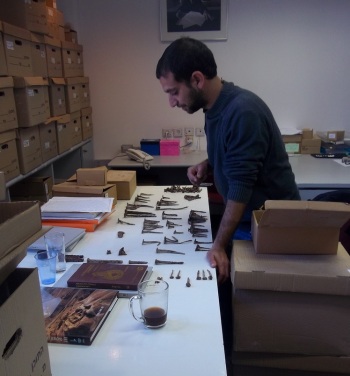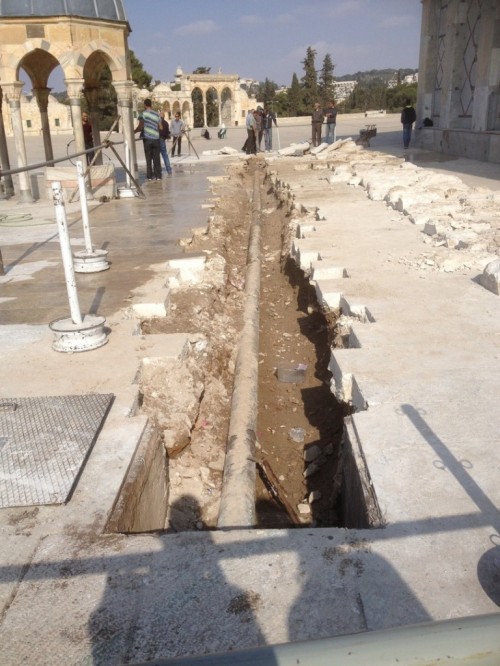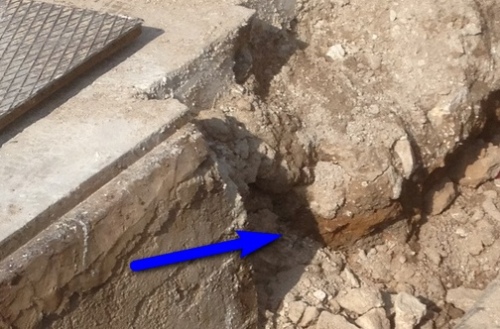Three weeks ago we finished sifting the soil from area KI4, and in the coming days we will be finishing the preliminary sorting and registering of the finds from this area. Finishing the sifting of this area was very meaningful because it marked the end of the prevalent finds The last bucket of KI4 being sifted by many staff memberssamples that will be included in The last bucket of KI4 being sifted by many staff membersthe analysis and publication.
All the prevalent finds that will be retrieved in the future will be saved for future studies, but special finds will be published in the final publication volume or in articles in archaeological journals. We celebrated the sifting of the last bucket by having all the staff members that day participate in its sifting.
It has been more than two years that we have been intensively working on the analysis of the prevalent finds, which included mainly the sorting of the pottery rims (the rim is the most indicative part of the pot). We’re about the end of the first phase of the pottery sorting, which includes general time periods and classes (jars, bowls, cooking pots, etc.). The next phase will include further detailed typological sorting within each class.
The study of the finds from the Temple Mount debris is a very complicated prolong task, but on the other hand it is a great challenge. In some ways it is like a gigantic puzzle with hundreds of thousands of pieces, but unlike most puzzles, the whole picture does not reveal itself gradually; it can only be revealed after the last piece has been put in place. That is because only after sorting all of the finds from each area will we have adequate samples for the statistical analysis. In addition, the sorting is done by experts in various archaeological periods. Much of the work has already been completed, but much more detailed work lies ahead of us, and it will take some time until we will start seeing meaningful results.










